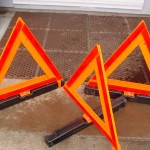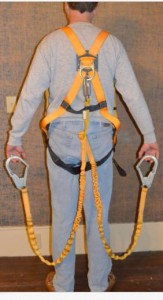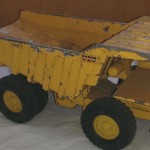Posted by admin under Air Monitoring, Behavior Based, Engineering Controls, Ethics, Exposure, Hazard Communication, Health & Wellness, hygienist, industrial hygienist, Management, occupational hygiene, Risk, safety, Safety Policies, Safety Programs
Comments Off on How’s your risk analysis?
Can we measure an exposure accurately with just one sample? (statistically, no.) Also consider: Can we measure a “worst case” scenario and be OK for the rest of the project? (again, hypothetical question)
There was a blog post, here by Mike Jayjock, which reminded me of how silly our data points (aka industrial hygiene sample results) are in the big picture of statistics.  I’m slowly reading a book titled, “Control Banding” by David Zalk who is with Lawrence Livermore National Labs. The CDC also has a section on control banding here.
Another side of this is a common practice we all perform called Risk Analysis. There is much on the subject, but essentially it’s similar to triage at an emergency room. What is the easiest, best thing you can do: given what you have available and what you are able to muster?
Too often (myself included) we perform air monitoring for a specific situation and use that information as the gospel-truth. Well, this might be like living in the United States and never traveling. We meet a very nice person from the Ukraine. They seem very typical Eastern European and have a thick accent, but are they really like everyone in Russia? Is this person typical? Are they exactly like every other person from Russia?
This type of stereotyping is the same as taking one sample and drawing conclusions about all exposures. You might be right, BUT…you might be wrong.
There is a fun app you can download called, IH DIG by Adam Geitgey (Apple & Android). Â This app illustrates the importance of using statistical tools, rather than guessing. (It’s a game)
Sorry I do not have many answers in this post, just a lot of questions.


